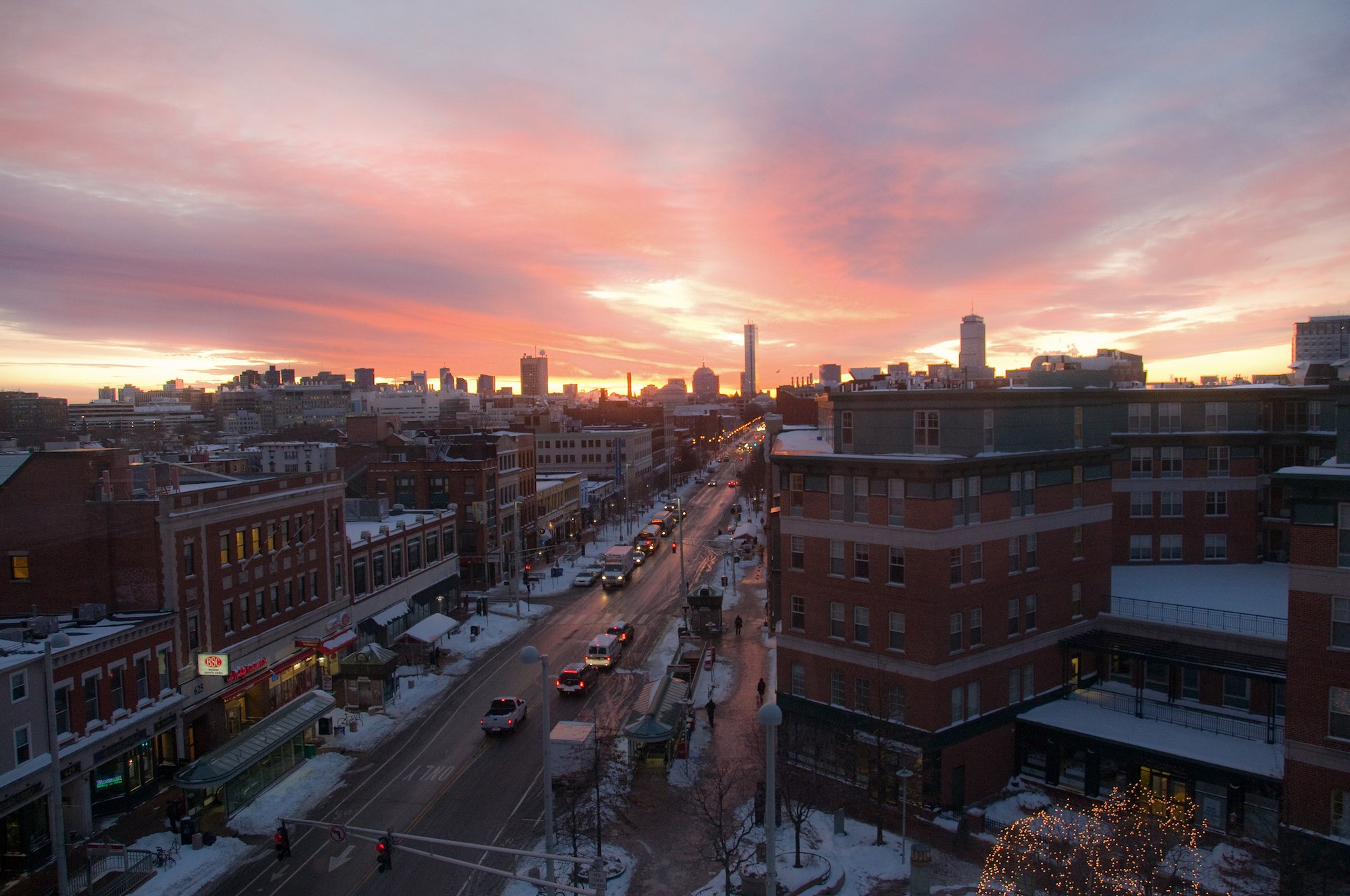The City of Cambridge, Mass., recently mandated that all non-residential buildings—including existing structures—larger than 100,000 sf meet a net-zero emissions requirement by 2035.
In a news release, Cambridge says it is “the first known city in the country” to enact a 2035 deadline for net zero. Mid-size buildings, defined as 100,000 sf or smaller, will have to reach net zero by 2050.
Buildings covered under the new law can continue to burn fossil fuels on site if owners purchase verified carbon credits, but only until 2050, and only to offset limited amounts of emissions. Building owners must eventually use renewable energy, either by investing in solar panels or purchasing a contract for renewable energy.
Cambridge has 314 buildings facing the 2035 net-zero deadline. “The City is committed to supporting Cambridge property owners with robust technical assistance and connections to incentives and moving forward together with this challenging yet absolutely critical work,” the news release says.
Cambridge will use a separate process to develop regulations to reduce greenhouse gas emissions in residential buildings.
Related Stories
Codes and Standards | Jun 12, 2020
Carbon emission legislation prompts commercial real estate to innovate
Mass timber, augmented reality, and modular construction among the trends.
Codes and Standards | Jun 11, 2020
USGBC offers new pilot credit to address green cleaning and COVID-19
Provides guidance on cleaning and disinfecting buildings using green cleaning best practices.
Codes and Standards | Jun 10, 2020
AIA issues tools for reducing risk of COVID-19 transmission in buildings
Tailored strategies offered for offices, retailers, schools, and senior living facilities.
Codes and Standards | Jun 8, 2020
OSHA construction safety inspections fall 84% during COVID-19 pandemic
Agency focuses on preventing disease transmission in healthcare industry.
Codes and Standards | Jun 8, 2020
5 must reads for the AEC industry today: June 8, 2020
Frank Lloyd Wright sites set to reopen and construction jobs rise by 464,000.
Codes and Standards | Jun 8, 2020
Reopened offices raise liability risk for businesses and owners
Risks may not be covered by property insurance.
Codes and Standards | Jun 4, 2020
American Wood Council updates report on fire resistance of wood members and assemblies
Provides new examples and background on mass timber calculations.
Codes and Standards | Jun 3, 2020
Virginia makes GCs liable for subs employee wages
New law allows workers to sue GCs for wages in class action.
Codes and Standards | Jun 2, 2020
Designers, owners reinventing restaurants to cope with COVID-19
Options include rearranged seating, mobile ordering, designated flow spaces.
Codes and Standards | Jun 1, 2020
How owners should comply with OSHA roofing safety guidelines
Buildings should have fall protection and restraint provisions for those who go on roofs.

















